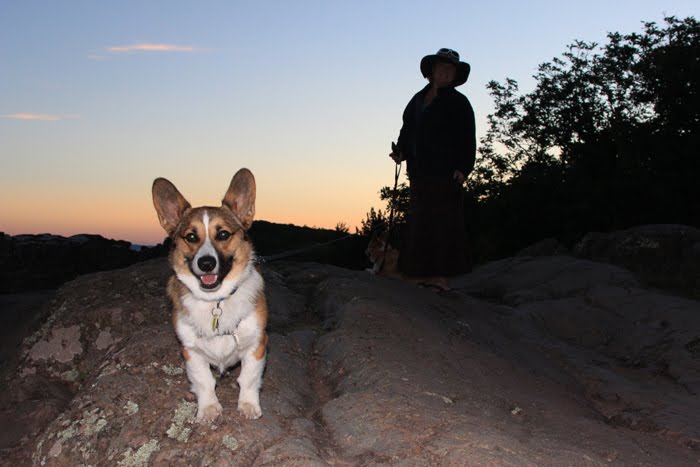Windy Day, Cullercoats, 1881
Graphite and gouache on tan laid paper, 113⁄16 x 20¼ inches
Bequest of Charles Shipman Payson, 1988.55.15
Homer’s sense of bravado, previously restrained in his works by his fondness for irony, is on full display in Windy Day, Cullercoats. The product of the artist’s eighteen-month stay on the North Sea, drawings such as this reflect Homer’s search for authentic experience in everyday life. Impressed by the hearty women of this fishing village in the northeast of England, time and again he captured the strength and capability of these archetypes of traditional female labor. Homer sketched this model from a low angle, creating a dramatic sense of perspective that renders the figure heroic.

Homer’s refined eye can be seen in how he delineates the arch of the woman’s back, leaning away from the wind just as the mast of the vessel strains against the sail. Her billowing apron demonstrates the force of nature buffeting the fleet heading to sea in the background. With sleeves rolled up and market basket at the hip, Homer’s figure is muscular, capable, and self-contained in the face of a rugged and challenging environment. Homer’s technical genius is revealed not only in his forceful draftsmanship but also in his exquisite use of negative space.

Homer’s refined eye can be seen in how he delineates the arch of the woman’s back, leaning away from the wind just as the mast of the vessel strains against the sail. Her billowing apron demonstrates the force of nature buffeting the fleet heading to sea in the background. With sleeves rolled up and market basket at the hip, Homer’s figure is muscular, capable, and self-contained in the face of a rugged and challenging environment. Homer’s technical genius is revealed not only in his forceful draftsmanship but also in his exquisite use of negative space.
Winslow Homer (1836–1910)
Watercolor on gray laid paper, 14 x 20 inches
Bequest of Charles Shipman Payson, 1988.55.12
Homer’s ability to depict quiescence rivaled his skill at capturing the raw force of nature. Painted on one of Homer’s late visits to Canada, Two Men in a Canoe is a study in subtlety and technique. The artist employs the paper itself to color both water and sky, splitting earth and heaven with deft, minimal brush strokes to create the shore out of misty wash. The canoe’s silent wake and the whip of the fishing line—both rendered in pure white gouache—testify to Homer’s ability to produce watercolors that all but make sound.


